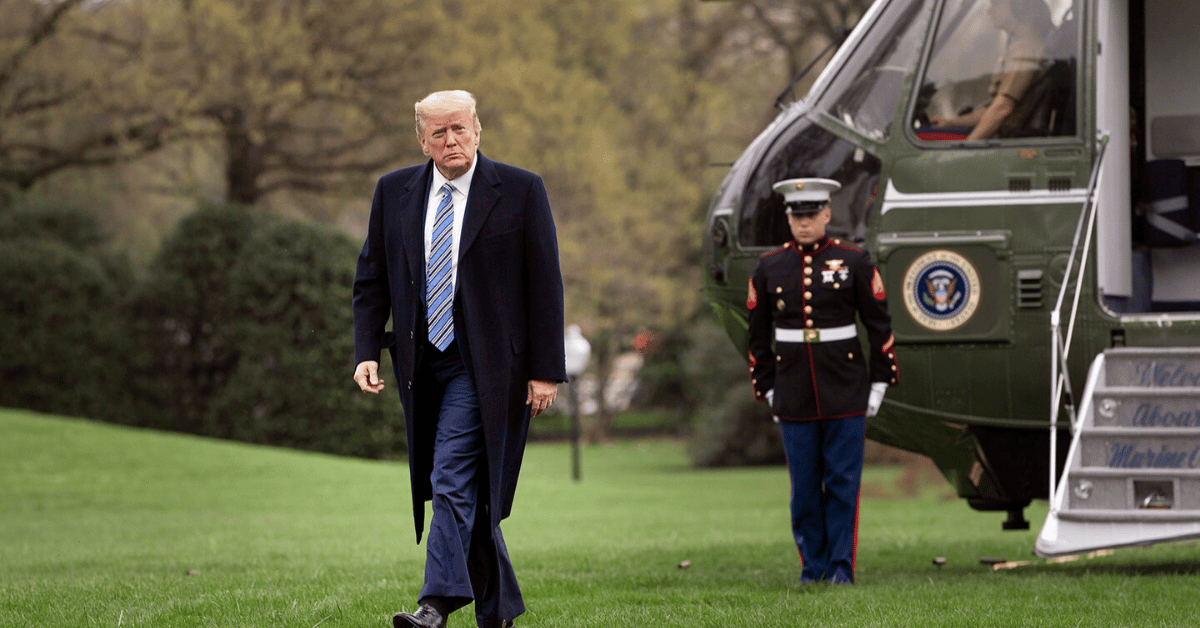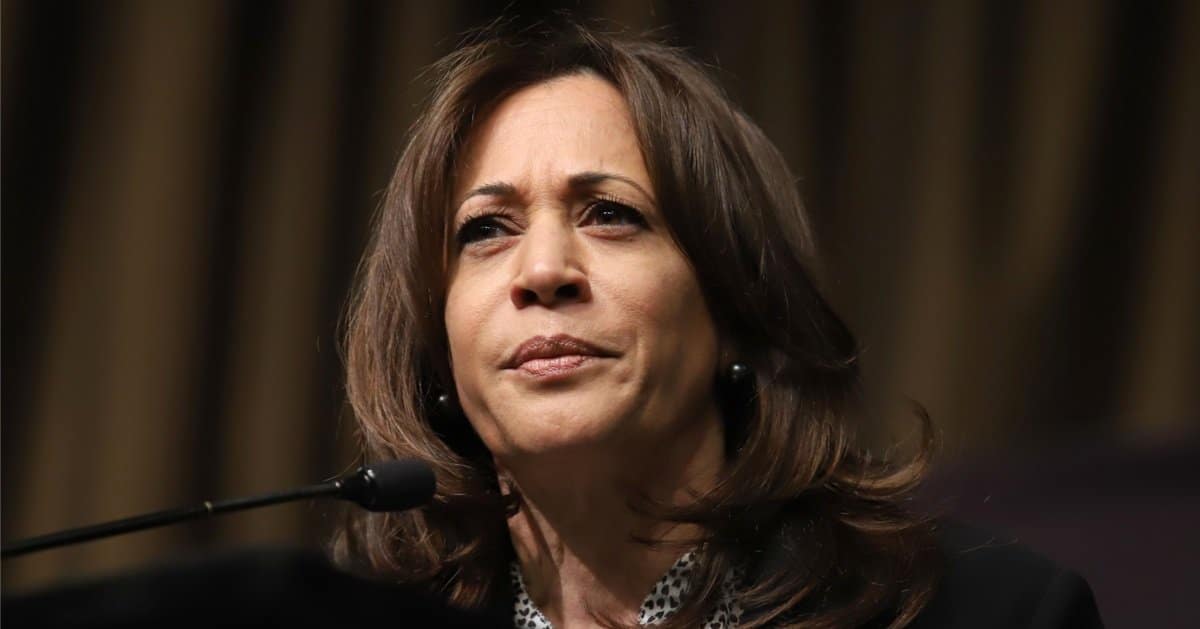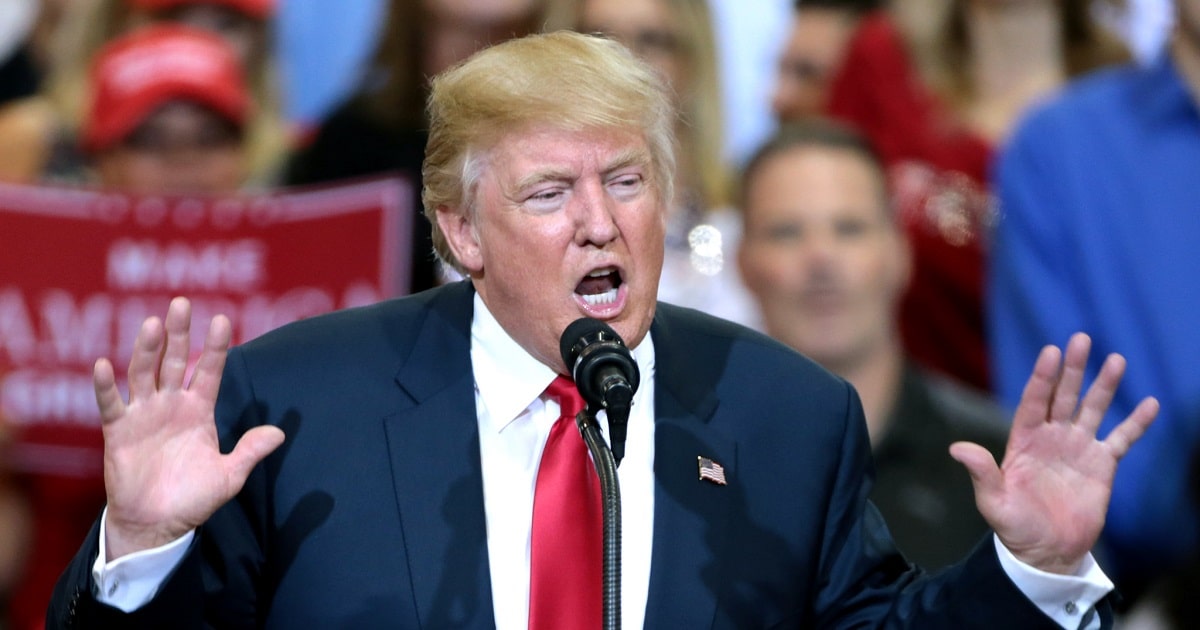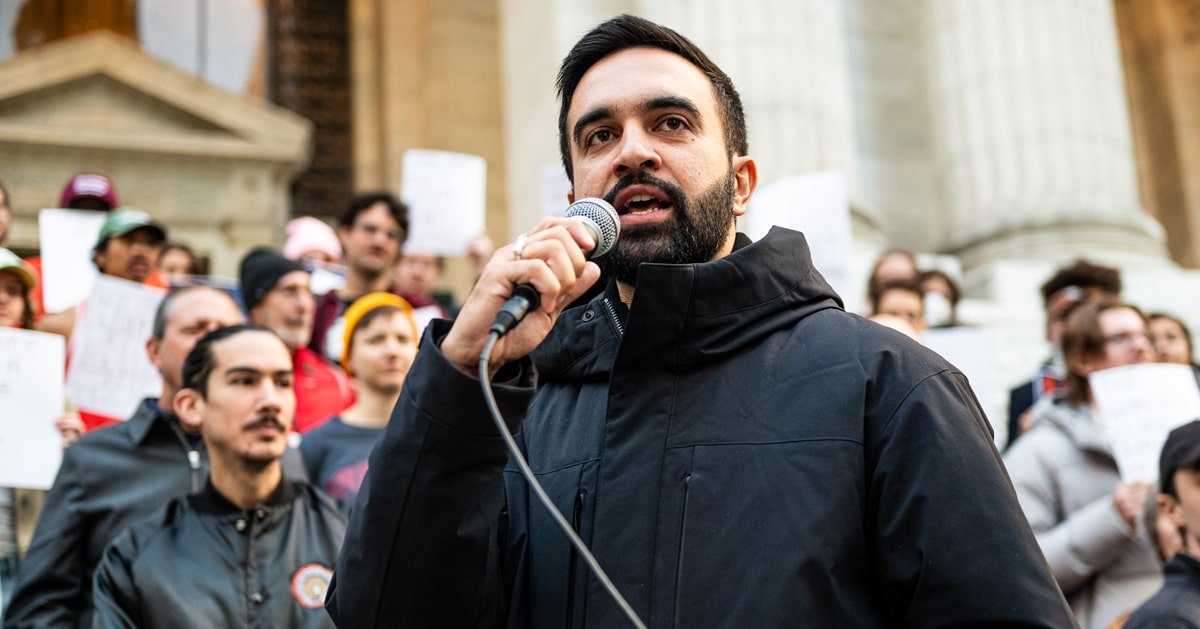




The death toll from South Korea's devastating wildfires has risen to 24, marking one of the nation's worst wildfire crises in recent history.
CBC reported that the southeastern region of the country has been hardest hit, with thousands displaced and significant destruction recorded, including a firefighting helicopter crash that claimed the life of its pilot.
The blazes erupted in South Korea's southeastern region, where persistent dry weather and strong winds created ideal conditions for the fires to spread quickly.
On Saturday, the situation worsened when a firefighting helicopter tragically crashed in Uiseong, killing the pilot and adding to the growing list of casualties reported by authorities. This sudden escalation prompted emergency evacuations affecting more than 27,000 residents.
In addition to the loss of life, the wildfires have severely disrupted daily life and have had a considerable impact on infrastructure. Schools in affected areas faced closures, and there was even a transfer of hundreds of inmates for their safety.
The catastrophic scale of the fires has been acknowledged by Acting President Han Duck-soo, who referred to the efforts being made to combat "the worst wildfires ever." However, he admitted that the "situation is not good."
Officials confirmed that eight Russian helicopters in South Korea's firefighting fleet were grounded due to international sanctions that complicate the import of necessary parts from Russia.
This setback highlights the multifaceted challenges facing emergency responders. Kim Jong-gun from the Korea Forest Service highlighted plans to increase their helicopter resources to better respond to such emergencies in the future.
The wildfires have also threatened South Korea's rich cultural heritage. The Goun Temple, which was built in 681 and held historical significance, was unfortunately destroyed by the relentless fires.
The UNESCO World Heritage sites in the region remain at risk, showing the extensive damage possible when fire meets history. The fires, so far, have devastated over 15,000 hectares, with affected regions designated as special disaster zones, underscoring the need for an urgent and formidable response.
Uiseong’s fires, particularly concerning due to their proximity to cultural sites, have posed significant containment challenges. Despite efforts, the fire in this region was only 68 percent contained due to relentless gusty winds. Lee Byung-doo, a forest disaster expert, expressed the unimaginable scale and speed of the fires and attributed the worsening conditions to climate change.
In response to the escalating disaster, a total of 4,919 firefighting personnel have been deployed to the region, supported by 87 helicopters. Despite these substantial efforts, the fires continue to present formidable challenges.
The Ministry of the Interior and Safety noted specific casualties in Uiseong and Sancheong counties, yet a detailed breakdown of fatalities has not been made available by the Korea Forest Service, indicating the complexity and volatility of managing information amid chaos.
The impact of climate change on the frequency and intensity of wildfires is a topic of growing concern. Lee's observations highlight a broader pattern seen worldwide where changing climates are exacerbating natural disasters. This situation demands that both immediate and long-term strategies be developed to better manage fire risks.
Looking ahead, the South Korean government faces multiple priorities: resolving immediate life-threatening situations, supporting displaced residents, and planning for long-term environmental and infrastructural recovery. It is clear that community resilience will play a critical role in recovering from this crisis.
Local officials and national leaders will need to assess the adequacy of current fire prevention measures. This includes evaluating technological resources, such as firefighting equipment, in the wake of the helicopter crash and parts shortages. The tragedy underscores the vital importance of preparedness and the need for innovative responses to emerging challenges.



